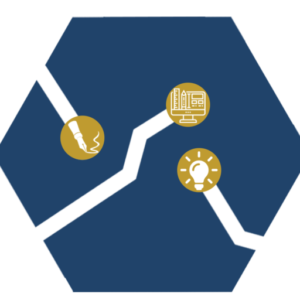
A majority of blogs focus on the writer – what they should and shouldn’t do, what content to include, and much more. However, most blogs do not discuss the role of the reader. How should a reader approach a technical document? Whether you are reading something out of your comfort zone or content that you are familiar with, this article will advise you on how to get the most out of a technical document.
Gauge Your Level of Expertise
First and foremost, you need to understand the document’s level of difficulty. While this may seem like a simple concept, it will save you a lot of time and energy when it’s time to start reading. For instance, you are more likely to get frustrated if you are a beginner reading a higher-level document. However, if you know that the document may be difficult, you can prepare ahead of time. You can consult SMEs or do research in advance. Although it is the author’s job to cater to his or her audience, the reader still needs to understand the document’s level of difficulty and approach it accordingly.
Pinpoint the Audience’s Purpose
The audience’s purpose is very similar to the author’s purpose, except it focuses on the reader’s role rather than what the author is trying to achieve. The audience’s purpose can be summarized by action words. For example, your purpose as the reader may be to review or to learn. Purdue OWL lists other audience purposes, such as interpreting, evaluating, making informed decisions, or understanding. If you are having trouble finding the audience’s purpose, find the author’s purpose and work backward. If the author’s purpose is to educate, the audience’s purpose is mostly likely to learn or to review.
Notes and Captions Are Important
While short notes and captions dispersed throughout a technical document may seem like additional information, they are actually quite essential. This is because notes and captions usually alert the reader to any special circumstances or exceptions. They provide valuable information in readable, small packages. They also explain any pictures or graphics in the document. Taking time to read notes will help you contextualize what you are reading.
It’s More Than Just Facts
A technical document is a cohesive machine. It is more than just a collection of facts and terms. Every element, from the graphics to the heading styles, is chosen to help you, the reader. Pay attention to context clues that the author leaves you. For example, if certain functions are in bold, the author is signaling that this function is important and may be used often.
Conclusion
Technical documents come in all formats and forms. However, a few simple tricks can help you navigate technical documentation more easily and efficiently. Keep in mind your role as the reader by gauging your level of expertise and pinpointing the audience’s purpose. Pay attention to notes and captions and take notice of context clues that indicate what is important. With practice, these tips will help you better understand what the author is trying to convey.
Do you need professional writers to create technical documents that are easy to understand? Contact MATC Group today! Our writers excel at translating complex topics into readable and engaging bits of information.



